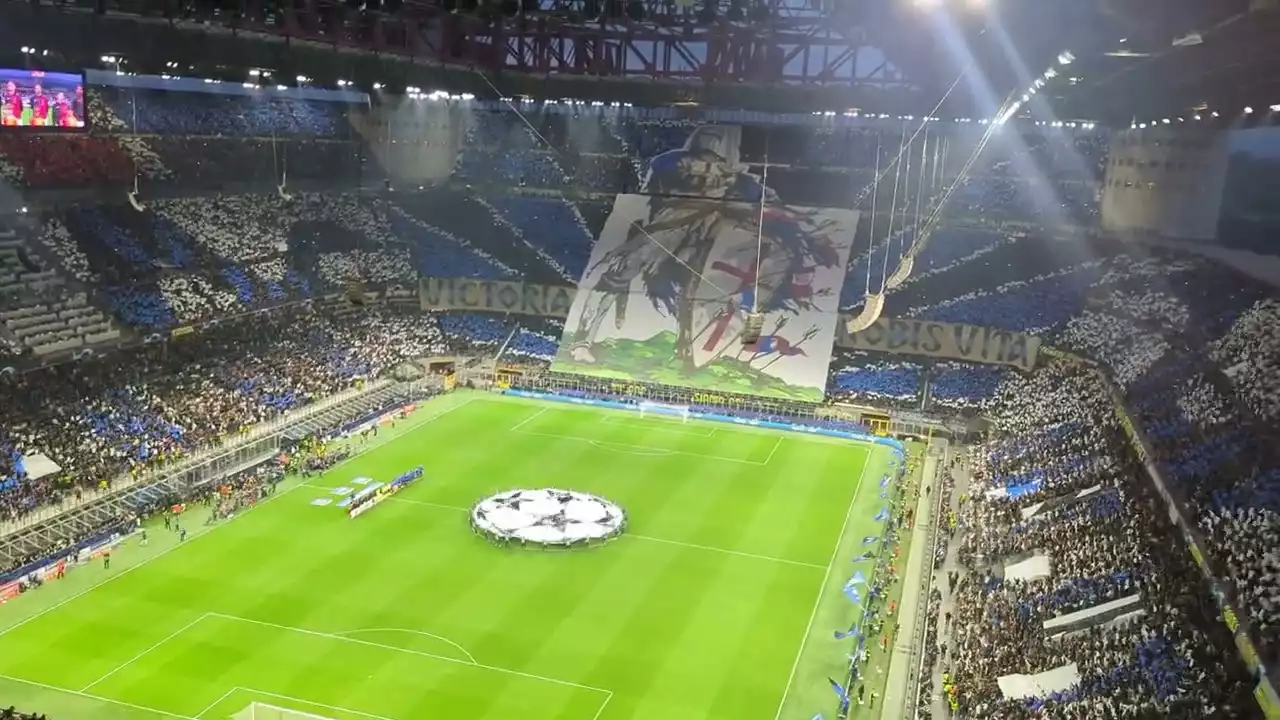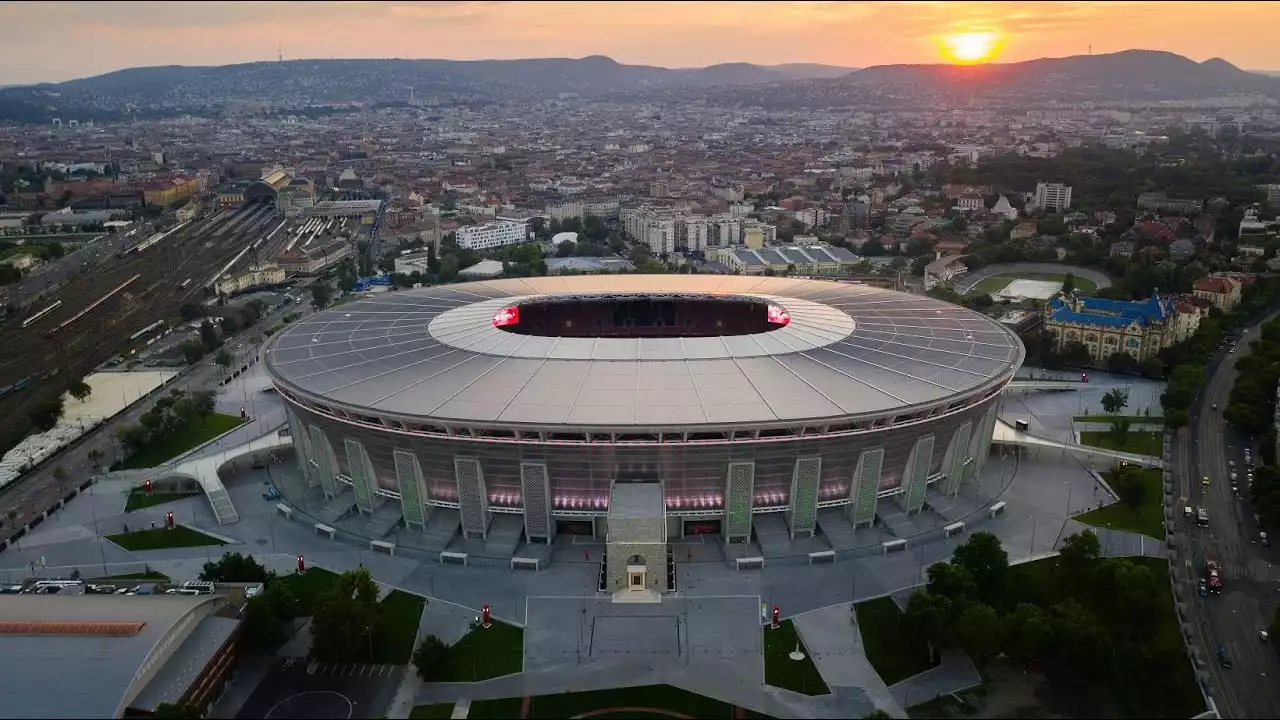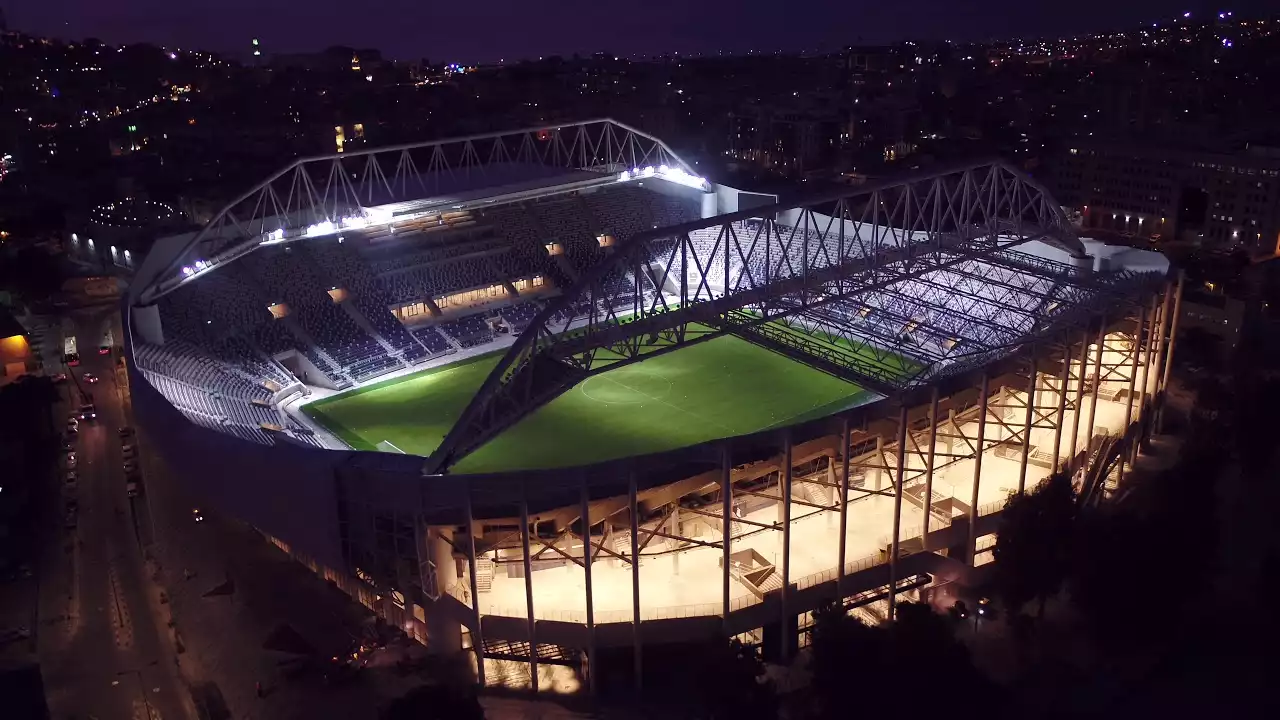The importance of historic stadiums in football
Historic stadiums hold a special place in the hearts of football fans. These hallowed grounds have witnessed the rise of legends, the roar of the crowd, and the triumphs and heartaches of generations. They are more than just buildings; they are symbols of the sport itself. Historic stadiums are not only a physical manifestation of football's rich history, but they also play a crucial role in shaping the identity of clubs and cities.
One such legendary stadium is Wembley Stadium in London, England. Wembley has hosted some of the most iconic football matches in history, including the 1966 World Cup final, where England secured their first and only World Cup victory. The stadium's iconic twin towers, which were demolished in 2003 and replaced by the imposing Wembley Arch, hold a special place in the hearts of football fans around the world. Wembley Stadium is not just a venue; it is a symbol of footballing excellence and a testament to the power of the game.
Another historic stadium that has left an indelible mark on the football world is the Ernst Happel Stadium in Vienna, Austria. Named after the legendary Austrian football coach Ernst Happel, this stadium has a rich history dating back to its construction for the 1938 World Cup. The stadium has witnessed numerous memorable matches, including the UEFA Euro 2008 final, where Spain triumphed over Germany to claim the title. The Ernst Happel Stadium stands as a testament to Austria's footballing heritage and continues to draw crowds with its electrifying atmosphere.
Olympic Stadium in Rome, Italy, is another historic venue that has seen its fair share of footballing drama. Originally built for the 1960 Summer Olympics, the stadium has since become the home ground of Serie A giants AS Roma and SS Lazio. With its iconic curved architecture and capacity of over 70,000, the Olympic Stadium has provided the backdrop for countless memorable moments in Italian football history. From Francesco Totti's iconic goals to the heated Rome derbies, this stadium embodies the passion and intensity of Italian football.
Wembley Stadium - London, England
Wembley Stadium is more than just a football stadium; it is a cultural icon. This legendary venue has played host to some of football's most historic moments, making it a sacred ground for fans around the world. From the famous Wembley goal in the 1966 World Cup final to legendary performances by players such as Pelé and Diego Maradona, Wembley has seen it all. The stadium's rich history and iconic architecture make it a must-visit destination for football enthusiasts.
Ernst Happel Stadium - Vienna, Austria
The Ernst Happel Stadium in Vienna, Austria, is a true testament to the country's footballing heritage. Named after the legendary Austrian coach Ernst Happel, this stadium has witnessed numerous historic matches over the years. From the UEFA Euro 2008 final to thrilling domestic league encounters, the Ernst Happel Stadium continues to be a vibrant hub of footballing action. Its unique design and passionate atmosphere make it a favorite among fans and players alike.
Olympic Stadium - Rome, Italy
The Olympic Stadium in Rome, Italy, holds a special place in the hearts of football fans. Built for the 1960 Summer Olympics, this iconic venue has become the home ground for two of Italy's most renowned football clubs, AS Roma and SS Lazio. The stadium's capacity of over 70,000 ensures an electric atmosphere during matches, with passionate fans filling the stands. From the legendary Rome derbies to memorable European nights, the Olympic Stadium has witnessed some of Italian football's greatest moments.
City Stadium - Gdansk, Poland
The City Stadium in Gdansk, Poland, may not have the same level of fame as some of its counterparts, but it is no less significant in footballing history. Built for the 2012 UEFA European Championship, this modern stadium combines state-of-the-art facilities with a nod to the city's rich maritime heritage. The stadium's distinctive amber-colored exterior pays homage to Gdansk's historic association with amber trade. The City Stadium has become a symbol of Poland's growing footballing prowess and has hosted several high-profile matches, including the UEFA Europa League final in 2020.
Estadio Ramón Sánchez Pizjuán - Seville, Spain
The Estadio Ramón Sánchez Pizjuán in Seville, Spain, is a true temple of football. Home to La Liga club Sevilla FC, this historic stadium has witnessed the team's incredible success, including multiple UEFA Europa League triumphs. The stadium's passionate atmosphere and vibrant colors create an unforgettable experience for both players and fans. With a capacity of over 40,000, the Estadio Ramón Sánchez Pizjuán continues to be one of the most iconic stadiums in Spain.
Stade de Genève - Geneva, Switzerland
The Stade de Genève in Geneva, Switzerland, may not have the same storied history as some of its European counterparts, but it has certainly made an impact on the footballing landscape. This modern stadium, built in 2003, has become the home ground for Servette FC and has hosted several international matches. The Stade de Genève's picturesque location and stunning architecture make it a visually appealing venue for football fans. With a capacity of over 30,000, the stadium offers a unique and intimate atmosphere for matches.
Other notable historic stadiums in Europe
While the stadiums mentioned above have their own unique stories to tell, there are several other historic venues in Europe that deserve recognition. From the iconic Camp Nou in Barcelona, Spain, to the historic Maracanã Stadium in Rio de Janeiro, Brazil, these stadiums have left an indelible mark on the footballing world. Each stadium has its own distinct character and charm, encapsulating the essence of the beautiful game.
The legacy of historic stadiums in the Europa Conference League
The Europa Conference League provides an opportunity for clubs from across Europe to compete in historic stadiums that have witnessed countless memorable moments. These venues serve as a reminder of the rich history and traditions of the beautiful game. As the competition continues to grow, new chapters will be written in the stories of these stadiums, adding to their legacy and cementing their place in football history.
The Europa Conference League is not just about the players and the matches; it's also about the historic stadiums they play in. These venues have a story to tell, and they capture the essence of the beautiful game. From Wembley Stadium in London to the Olympic Stadium in Rome, each stadium has its own unique charm and character. Whether it's the passionate atmosphere or the iconic architecture, these stadiums hold a special place in the hearts of football fans. So, the next time you watch a Europa Conference League match, take a moment to appreciate the history and legacy of the stadium hosting the game.










